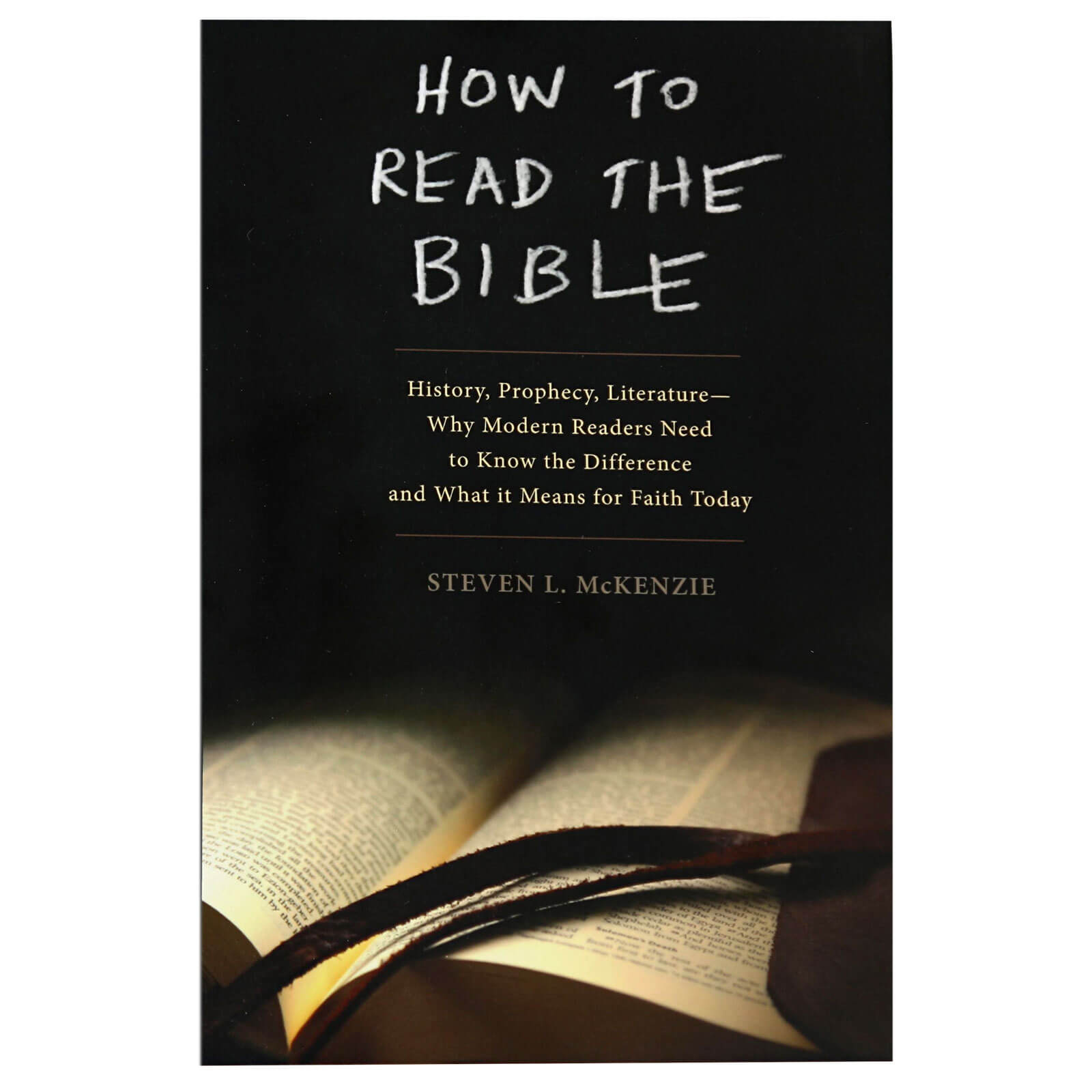
remarkable book.McKenzie brings to bear all the analytical tools of the modern historian.We see a darker and more realistic David and a more troubling biblical history.

The New York Times Book ReviewĪ provocative look at a complex biblical figure.McKenzie uses biblical texts and recent archaeological discoveries to paint a searing portrait of the 'real' King David. David's story, writes McKenzie, "reads like a modern soap opera, with plenty of sex, violence, and struggles for power." Throughout his scandalous reign, important figures who stood in his way died at convenient times, under questionable circumstances. While instituting a full-blown Middle Eastern monarchy, David was an aggressive leader, a devious politician, and a ruthless war chief.

Similarly, McKenzie reveals how David's ascent to power, traditionally attributed to popularity and divine blessing, in fact resulted from a campaign of terror and assassination. McKenzie shows that the story of humble beginnings is utterly misleading: "shepherd" is a metaphor for "king," and David came from a wealthy, upper-class background. This David was not the humble shepherd who slew Goliath and became king, however, but was a usurper, adulterer, and murderer-a Middle Eastern despot of a familiar type. McKenzie concludes that David was indeed a real person. Through a close and critical reading of biblical texts, ancient history, and recent archeological discoveries, Steven L. Oxford Research Encyclopedias: Global Public Health.The European Society of Cardiology Series.Oxford Commentaries on International Law.Not for a moment could they imagine that centuries afterwards, readers would be poring over their works for clues to the date of the Second Coming of Christ, or when and how the world would end.įor anyone who takes reading the Bible seriously and who wants to get it right, this book will be both heartening and enlightening. Similarly, the authors of apocalyptic texts-including the Book of Revelation-were writing allegories of events Likewise, McKenzie explains that the very names "Adam" and "Eve" tell us that these are not historical characters, but figures who symbolize human origins ("Adam" means man, "Eve" is related to the word for life ). The book of Jonah, for example, offers many clues that it is meant as a humorous satire, not a straight-faced historical account of a man who was swallowed by a fish.

McKenzie examines several genres that are typically misunderstood, offering careful readings of specific texts to show how the confusion arises, and how knowing the genre produces a correct reading. In short, we must recognize the genres to which these texts belong. McKenzie argues that to comprehend the Bible we must grasp the intentions of the biblical authors themselves-what sort of texts they thought they were writing and how they would have been understood by their intended audience.


 0 kommentar(er)
0 kommentar(er)
